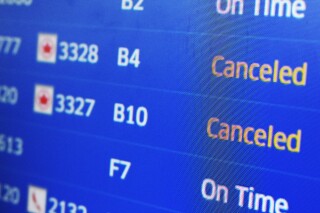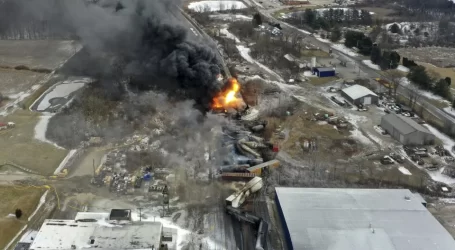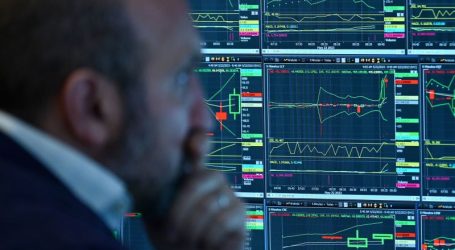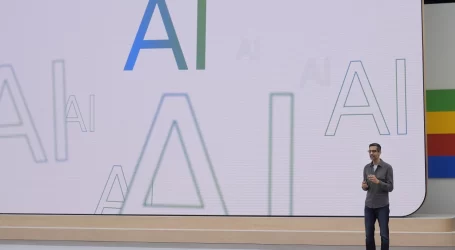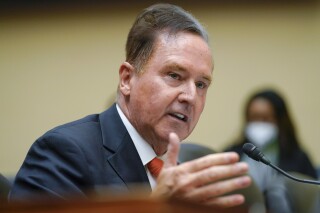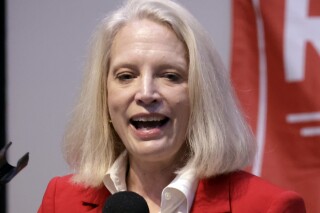Why is inflation cooling — and why isn’t it coming down more
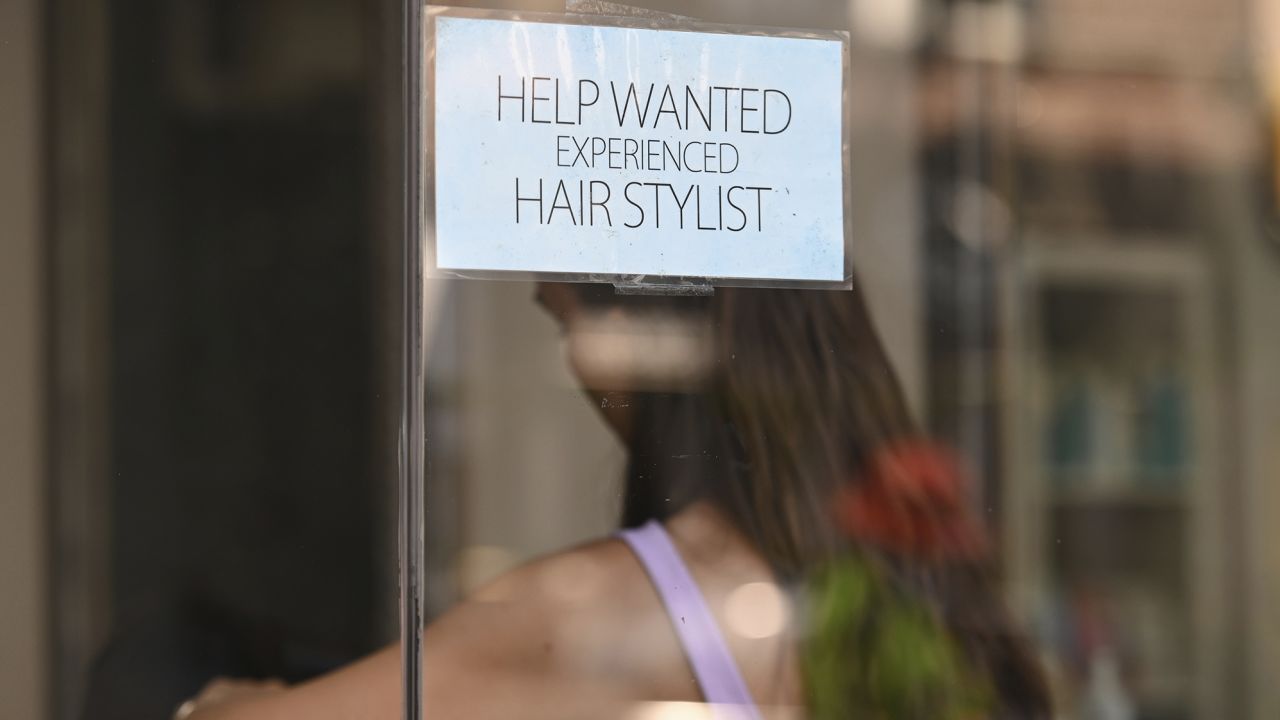
Ahead of May’s closely watched Consumer Price Index, set to be released Tuesday morning, economists are expecting yet another month of smaller price increases.
The consensus among economists polled by Refinitiv is that prices rose by 4.1% last month compared to a year ago. If those predictions are correct, that would mark a significant decline from April, when annual inflation was 4.9%. It would also mean that inflation is about half what it was a year ago.
The slowdown in inflation occurred in conjunction with the Federal Reserve’s rate-hiking campaign, which began in March 2022. But the rate hikes haven’t prevented more inflationary pressures from seeping into the economy.
In turn, inflation over the past year has been a game of give-and-take. Here’s where some of that giving and taking is happening:
Service inflation has become more problematic
Price increases for services like dry cleaning, haircuts and transportation have been one of the top contributors to overall inflation this year and last. But the magnitude of their contribution has drastically increased.
The 5.4% 12-month increase in the cost of services last April accounted for 40% of inflation at the time, according to CPI data.
Since then, services have become more expensive, costing almost 7% more in April of this year compared to April 2022. That alone accounted for 84% of the inflation Americans experienced.

Service inflation has grown in part because consumer behavior is still out of whack from the pandemic. When the US economy shut down, consumers couldn’t spend money on many services. When it reopened, consumers jumped at the opportunity to finally enjoy services and experiences like dining out, traveling and getting their hair styled.
Firms scrambled to hire more workers and, as a result, had to raise wages. That helped fuel more inflation since it meant workers had more money to spend.
“Wage growth is still a big problem,” Ian Shepherdson, chief economist at Pantheon Macroeconomics, said recently.
A shift from broad-based to concentrated inflation
A year ago, the top contributors to overall inflation behind services were housing and energy, which accounted for 33% and 25% of the annual price increases across the economy, respectively.
No individual spending category accounted for more than 40% of overall inflation last year. But there were more categories that collectively were pushing inflation higher.
Lately, inflation is being primarily driven by fewer categories. For instance, the percentage of housing expenses that contributed to overall inflation nearly doubled to 64% from 33% a year ago. The effect of food and beverage price increases also grew.
Gas got a lot cheaper
In addition to the Fed’s rate hikes, falling gas prices are a big reason why inflation cooled from a year ago.
Around this time last year, gas prices were up 44% compared to 2021. That accounted for 19% of overall inflation last April. But in the latest CPI report, gas prices were down 12% from a year ago. That helped lower inflation overall.


